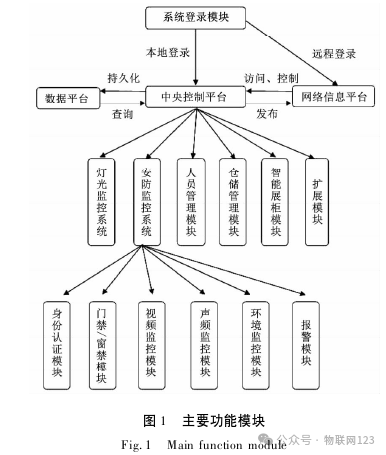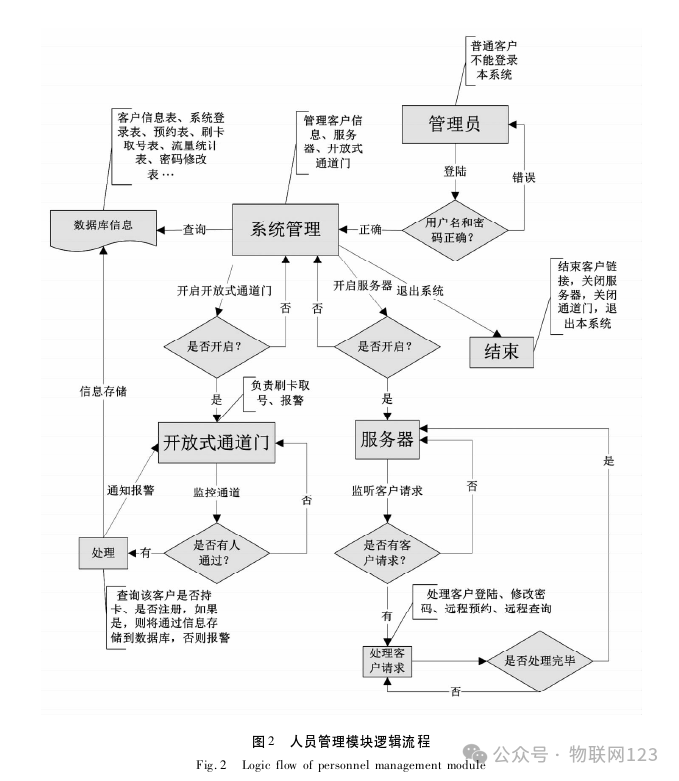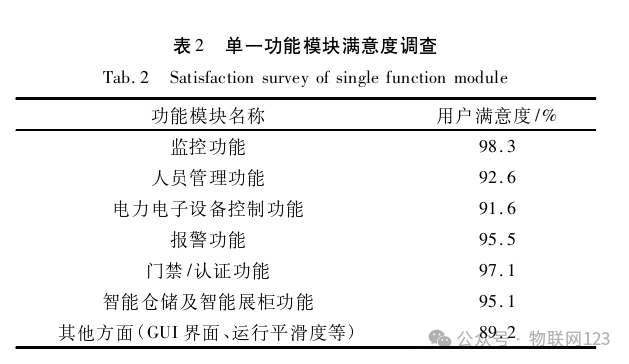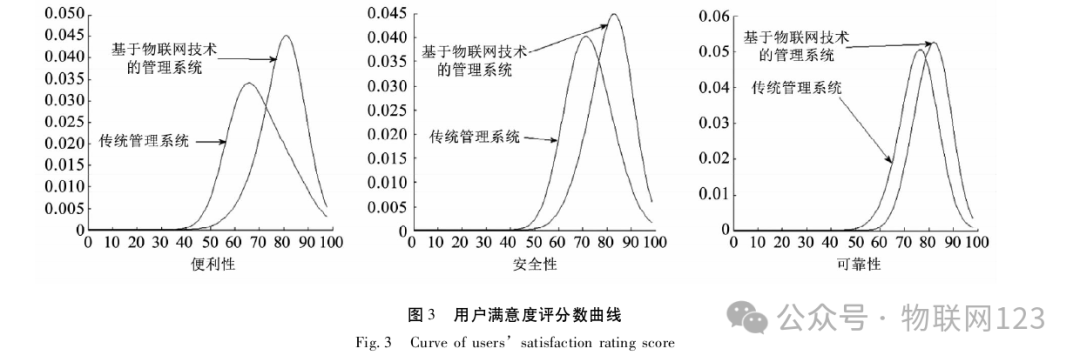The Internet of Things (IoT) is a network that connects everything, and it is an extension and development of internet technology. It features comprehensive perception, rapid transmission, intelligent processing, and easy integration with big data platforms. The author of this article has researched, designed, and implemented a personnel and equipment management system based on IoT technology, utilizing various sensing, networking, security, and intelligent control technologies to systematically manage and monitor personnel, equipment, security, and the environment. The overall framework of the personnel and equipment management system based on IoT technology is shown in Figure 1.

The purpose of the logical flow design is to clarify the data flow direction and control flow direction between hardware and software, administrators and databases, as well as between PC/mobile terminals and server terminals. As shown in Figure 2.

The security module mainly implements two modes of local control and remote control, along with three working states: daily state, unattended state, and sleep state. Local control includes two-way video monitoring, sensor status detection, control device status detection, data deletion and storage, parameter configuration, SMS alarm, and snapshot monitoring images. Remote control allows administrators to remotely control indoor lighting, electrical switches, access control, and various sensor statuses via wired or wireless networks using a PC or mobile phone, providing SMS alarm functionality. The specific differences between the three working states are shown in Table 1.

The personnel and equipment management system based on IoT technology is a relatively advanced application. Leading companies in the IoT and artificial intelligence industries have not reached a unified standard on this matter. Various established cases differ in hardware and software selection, network architecture, and module functions, each with its own characteristics, advantages, and disadvantages. Therefore, it is challenging to compare the entire system with similar products using certain quantifiable indicators and architectures. In this context, user satisfaction has become a strong evidence for evaluating the quality of the system. After the system design was completed, field usage and evaluation were conducted to promptly identify vulnerabilities and obtain first-hand evaluation data. The entire evaluation process includes satisfaction assessment of individual functional modules and overall system satisfaction assessment. The evaluation data results are shown in Table 2, Figure 3, and Table 3.



The data in Table 2 indicates that the functions of various independent modules of the system have been recognized by most users, with features such as alarms, monitoring, and access control receiving positive feedback. This is related to the relative maturity of technology in this field, as users have had more exposure and a higher acceptance level. The evaluations of personnel management and equipment storage management are slightly lower, indicating that there is still much room for improvement in these areas. The evaluations of power electronics control and GUI interface are relatively low, which are areas that need significant enhancement in this system.
Figure 3 compares user satisfaction between the IoT-based management system and traditional management systems in terms of convenience, security, and reliability, drawing the corresponding distribution curves. Table 3 provides specific explanations of the numerical characteristics of the curves in Figure 3. The data in Figure 3 and Table 3 show that, in terms of skewness, kurtosis, h-value, p-value, average score, and standard deviation, the user satisfaction score curve for traditional management systems presents a slightly left-skewed distribution, with scores concentrated in the 50-80 range and a standard deviation of 10-13, indicating that user satisfaction with traditional management systems is generally low, with many low scores and severe polarization in ratings. In contrast, the user satisfaction score curve for the IoT-based management system shows a near-normal distribution, with scores concentrated in the 70-90 range and a standard deviation of 7-9, overall scoring higher than traditional management systems by 6-10 points, with significantly fewer low scores and reduced polarization, indicating a relatively consistent positive recognition of this system by users. The improvement in convenience of the IoT-based management system is greater than that of security, and the improvement in security is greater than that of reliability, which aligns with design expectations. To relieve management personnel from heavy manual tasks, enhancing convenience must be the top priority. The more complex the system, the lower the reliability, hence the improvement in reliability is the least. Unattended security shows a stepwise increase in effectiveness compared to traditional security, but it cannot completely replace traditional security measures at present, thus the improvement effect is positioned in between the three aspects.
References:
[1] Chen Jiayin. Design and Implementation of Personnel and Equipment Management System Based on IoT Technology [J]. Heilongjiang Science, 2023, 14(24): 30-33.
|
The images and text used in this article are all reprinted. If there are any copyright issues, please inform us immediately, and we will confirm and delete the content based on the proof materials you provide. The content of this article reflects the author’s personal views and does not represent the views or positions of IoT 123. |
Special Reminder:
IoT Professional ExchangeGroup welcomes individuals related to the IoT industry to join. The group also welcomes various social influencers, experts, and seniors. In the group, aside from sensitive content, pornographic content, and excessive promotional content, all other topics can be freely discussed~——Exchange QQ Group 724511126,friends joining the group, please note: Name – Organization – Research Direction (without notes, please forgive us for not passing), and you will be invited to join the group after editor review!